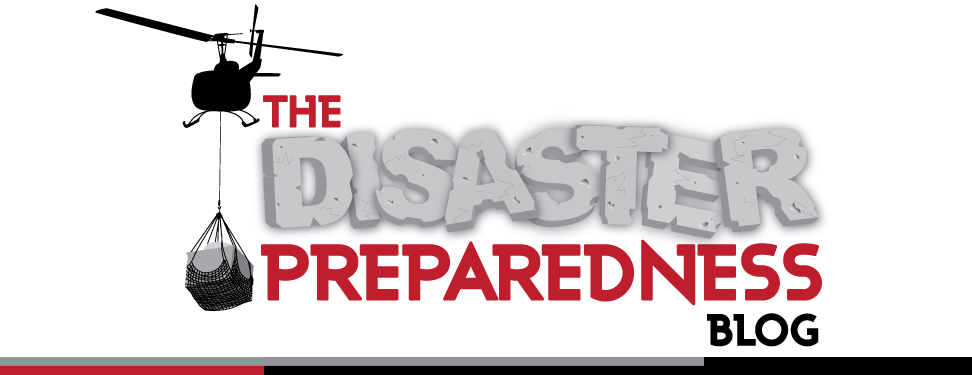Business Tips for Surviving the Financial Crisis, Part 2 of a Series
 Wednesday, November 19, 2008 at 5:00AM
Wednesday, November 19, 2008 at 5:00AM ![]()
In today’s economic climate banks are either cutting back on lending or just not lending altogether. When they are lending, they are making it difficult for businesses even with excellent credit to get a loan. Some may dispute this claim so I am including links to sources below that document that this is happening.
This makes it tough for businesses to get by; many have difficulty in meeting payroll, or working with vendors to get supplies they need to stay in business. It becomes especially tough for businesses when they are working on various types of terms that requires them to have some time pass before being paid, such as 30 Day Net Terms which is the most common.
All of this makes for a great environment to become creative, in both acquiring new money or investments for your business, and finding was to increase your cash flow.
Remember that others are also having difficulties and finding ways to increase your cash flow, may also help you increase customer loyalty and the competitiveness of your business as well. One of the things you can do right away to increase your cash flow is offer a discount for clients who pay early.
For instance if you complete some work for a client, especially one that you may have had for awhile you can offer them a 10%, 15% or even a 20% discount if they pay within 10, 12 0r 15 days of receipt of your invoice. How you set this up will be up to you to work out the numbers, and of course it is important to remain profitable at the same time. Many businesses, especially in these times will jump at the chance to save a little bit of money, and this will get your business increased cash flow.
Another creative financing method that will increase your cash flow over time and potentially increase profitability is to offer clients an option of making monthly payments overtime and charge interest. This offers businesses on both sides some positive incentives during tough times. Your client has an increased chance of paying in full with lower payments. It will look better on your profit and loss statement since you are taking in money every month and will slightly increase your profit over the long term.
When offering these types of credit extensions to your clients it is best to get some money upfront, and offer to start the payment process on the balance once the work is completed. For instance, you may want to get a third of the total cost up front and collect payment on the other two thirds. Though you will need to find what works best for you.
If you have difficulty in getting a loan from a bank for you might want to try some other sources of financing for your business. For instance lending has not completely dried up, but banks have different requirements now for lending money such as higher down payments, as much as 30-40% sometimes even as high as 50% in some cases.
If the only problem you have is coming up with the funds for a down payment when it comes to your business getting a loan you may want to consider selling a stake in your businesses or having someone invest in your business to raise the capital you need. I have personally seen this done quite a number of times successfully.
If you really have a need to raise capital and have exhausted all of your other options there are still ways you might be able to come up with the funds you need, (I will be including a large amount of links in this post for further reading on ways to raise capital for your purchases). One example of how to do this I am taking from the links I have below. One woman that owned a chocolate factory reached out to her community to raise funds to purchase an old abandoned building, and also used community volunteers to help her fix up the building to keep renovation costs low.
This same woman also sold $100 gift certificates, to raise money to buy new equipment and gave away $25 worth of chocolates with every $100 gift certificate purchased. She raised $5,000 in two weeks.
If your business needs to buy equipment, you may be able to get a better deal looking for a larger similar business that has the equipment you are looking for. You may be able to get a better deal by offering to purchase their used equipment (in good operating condition) which may be depreciated by the current owners.
The bottom line is that you need to be both creative and innovative in looking for ways to raise capital, purchase equipment and increase cash flow. I have included links to other resources and stories that you may find useful, and give you ideas.
One final note, in an effort to help out other businesses we would love to hear your stories on how you are being creative to get your business through this tough time. Share them with us and we will post some of your ideas here.
Banks Not Lending, In Violation of Law?
So When Will Banks Give Loans?
Banks Tighten Lending Standards
Get Creative with Your Financing Strategies
Capital One's CIO On Business Strategies for Tough Times
Business Owners Seek Creative Financing Methods
Eight Creative Financing Methods
Street Smarts: What the Financial Crisis Means for You
15 Creative Ways to Raise Money for Your New Business Venture
Raising Cash for a Fast-Growing Business
I'll make the next post in this series next week. View Part 1 of Business Tips for Surviving the Financial Crisis.








